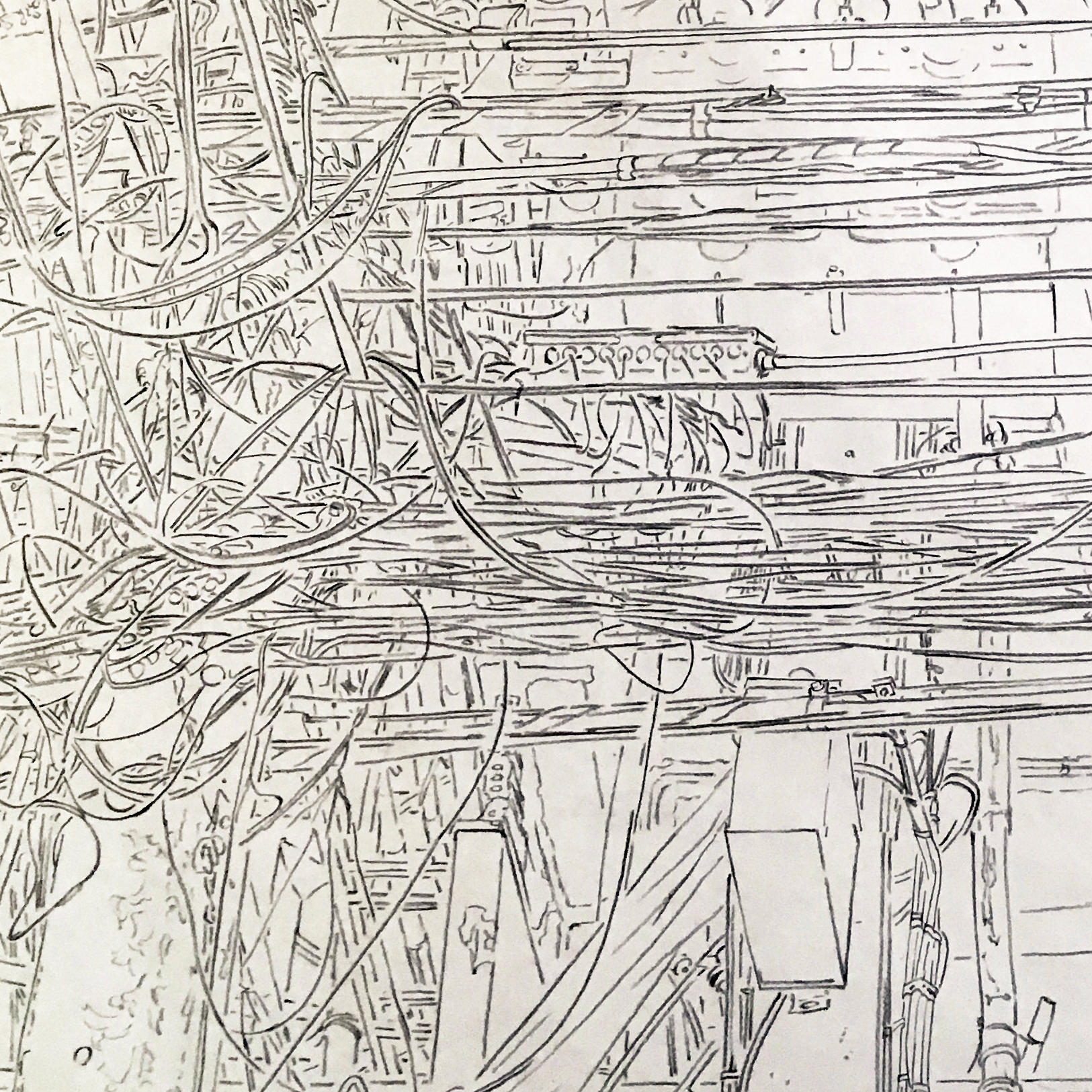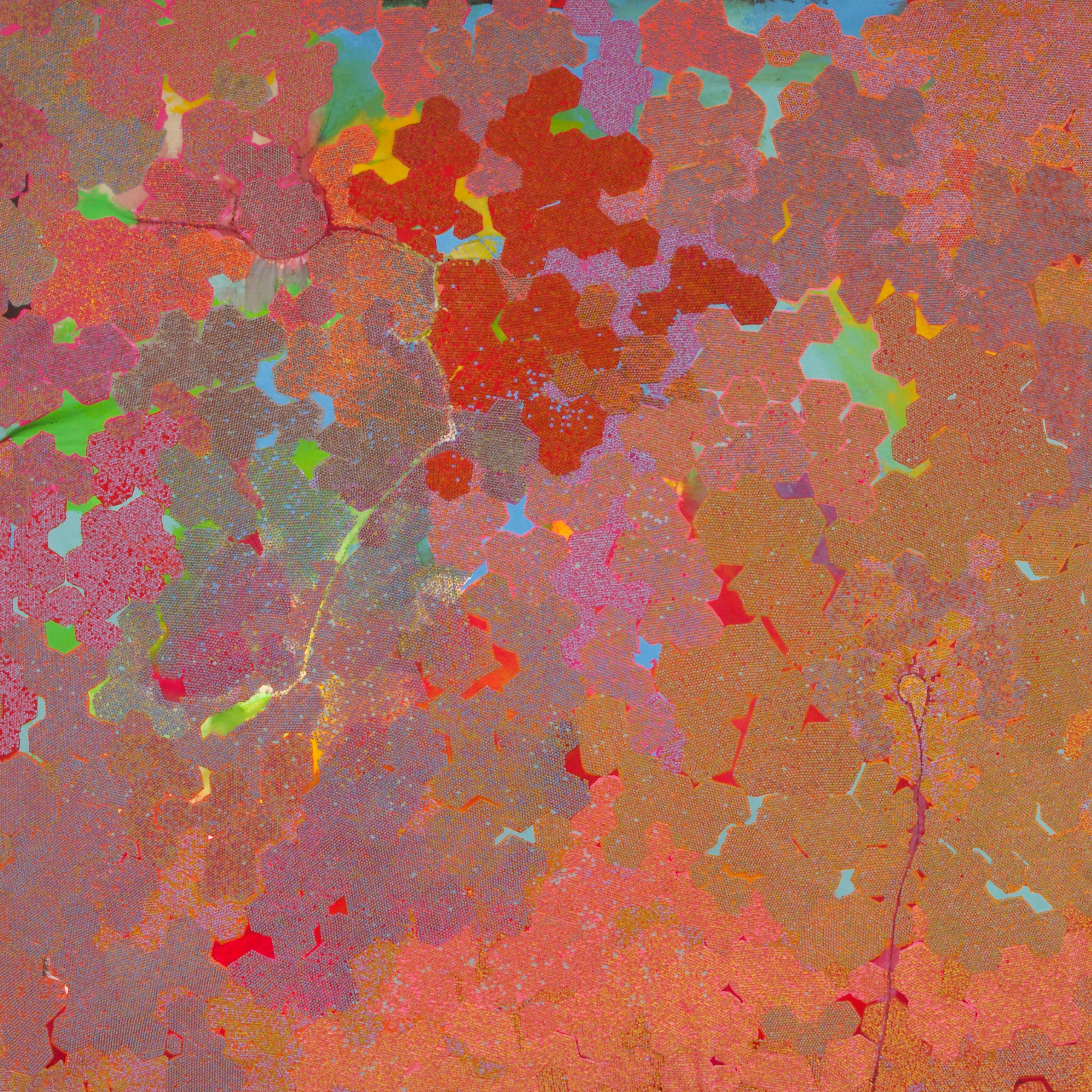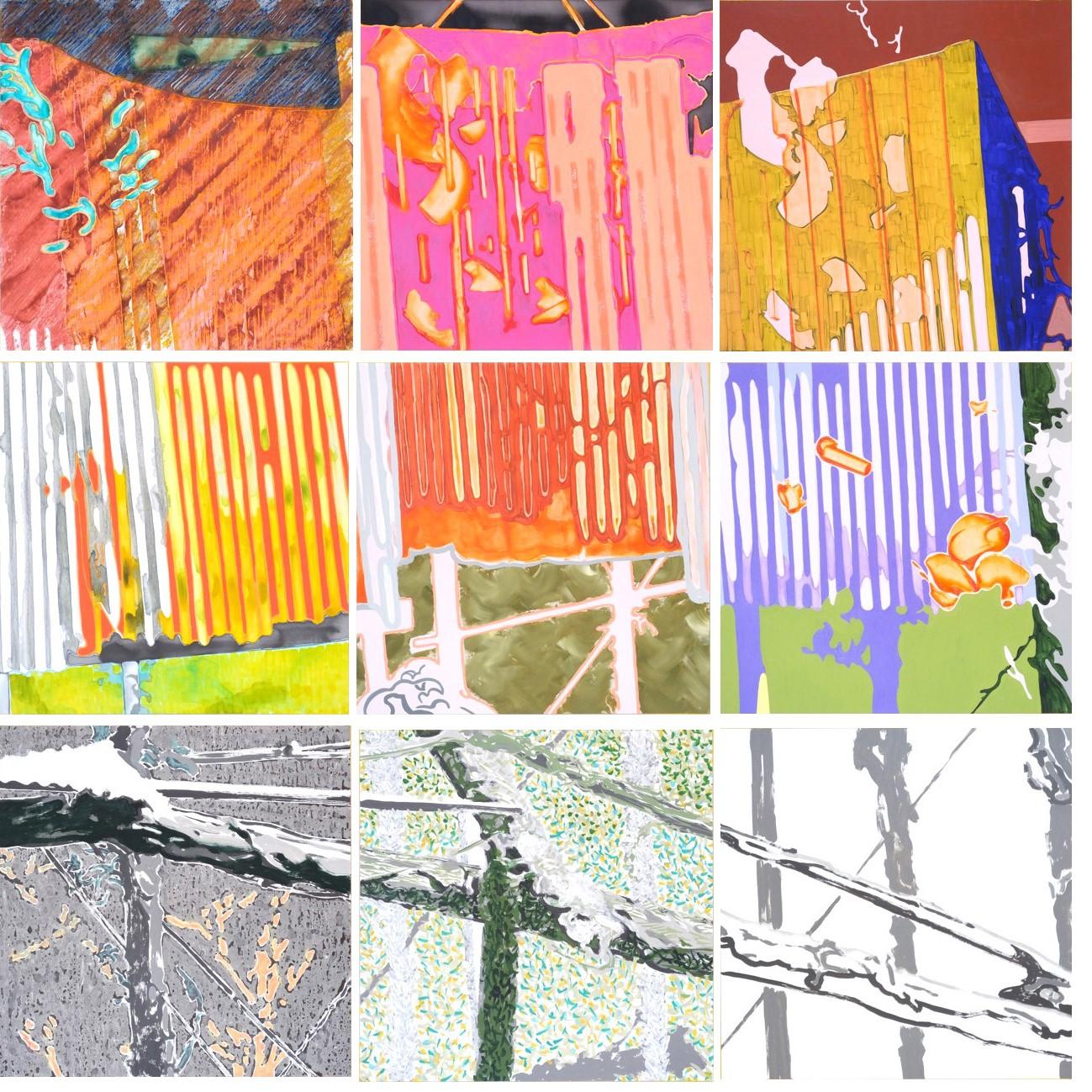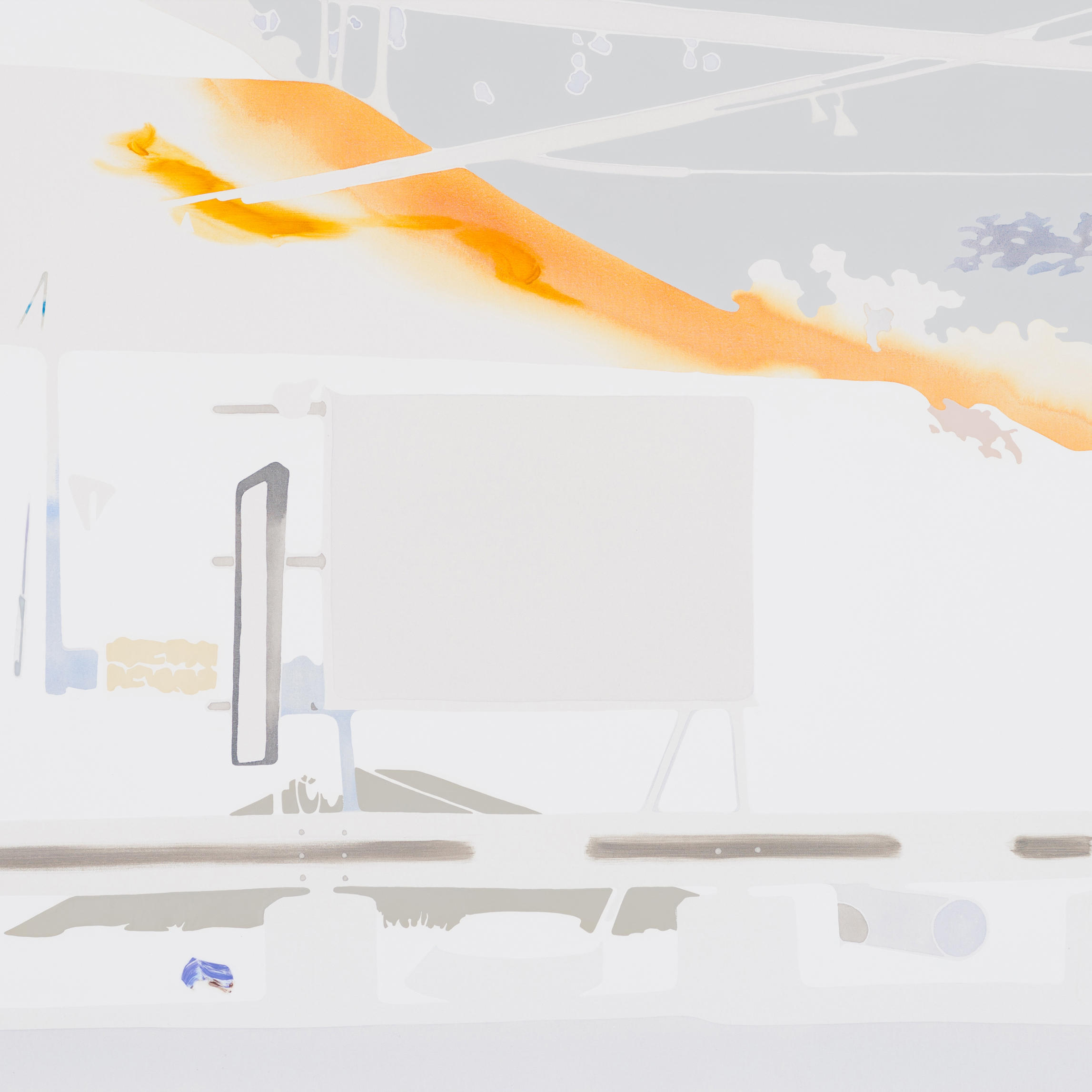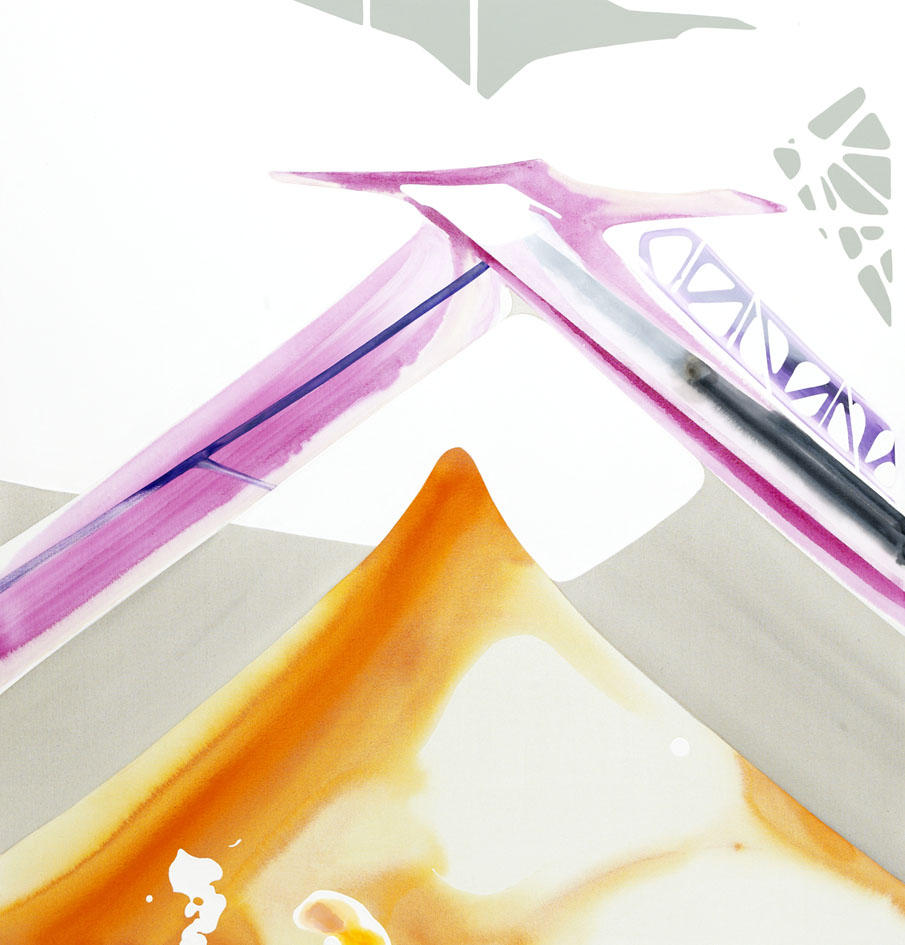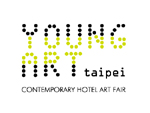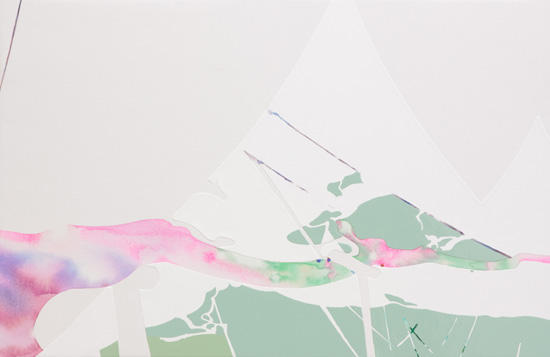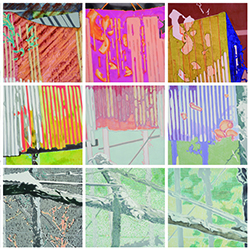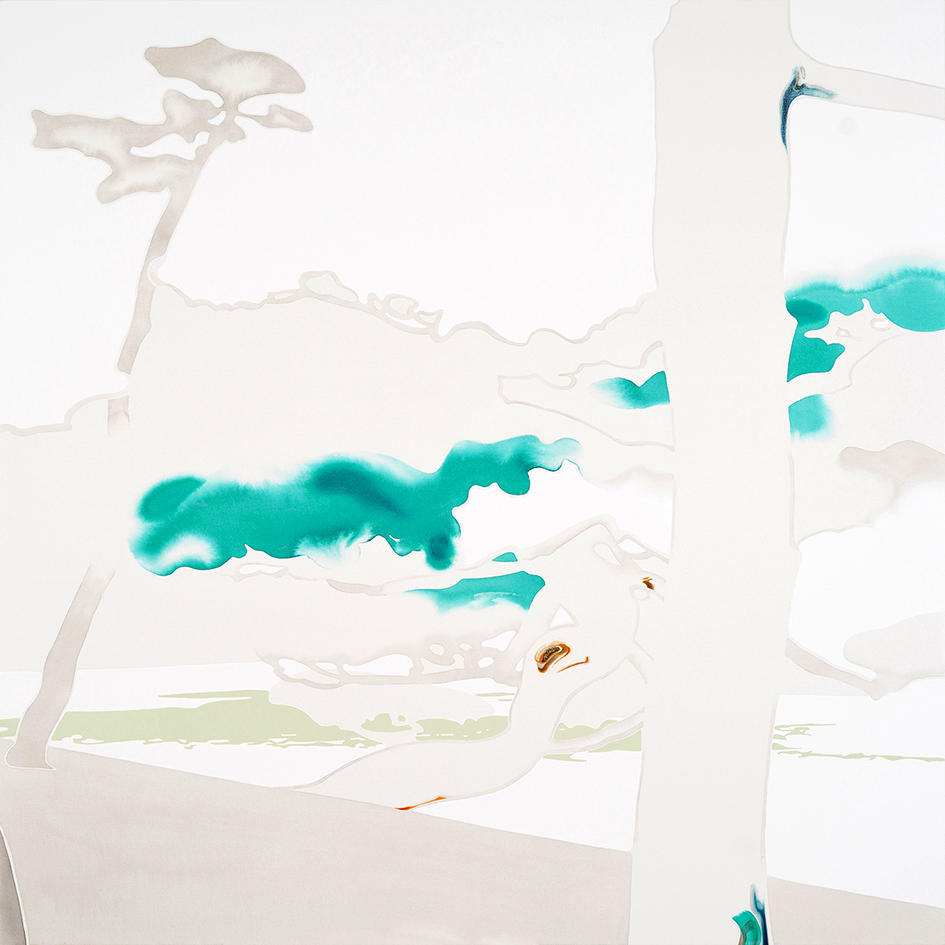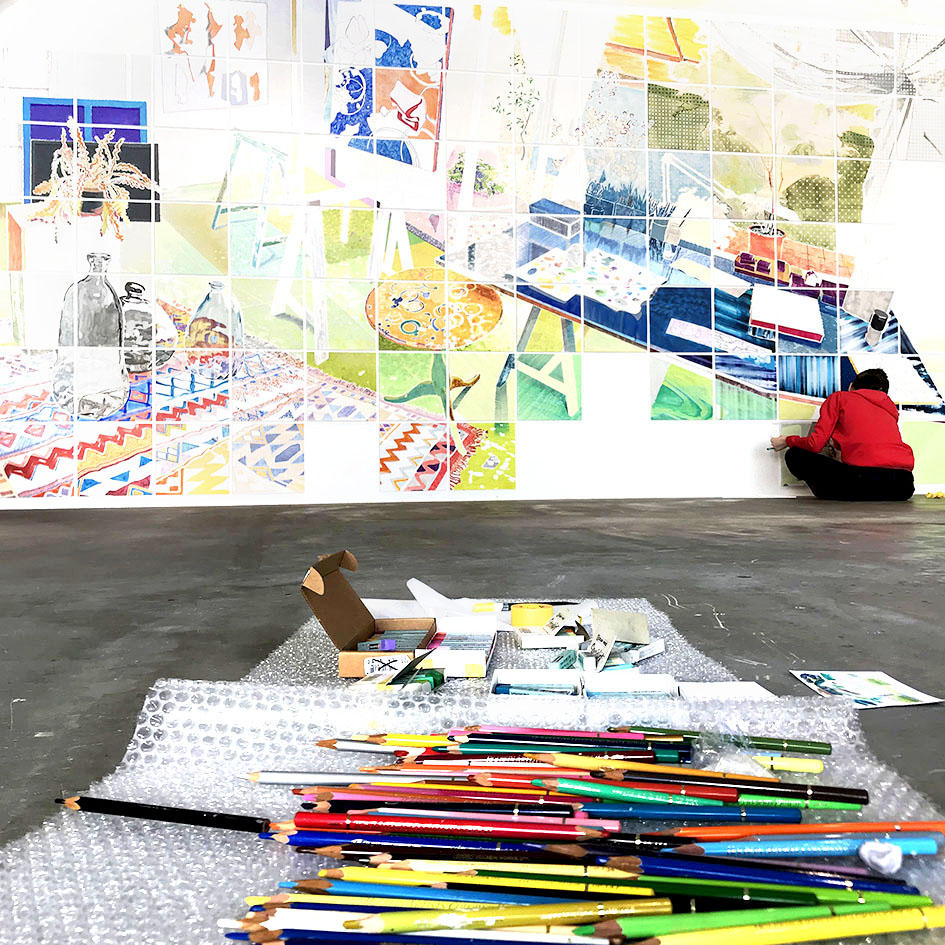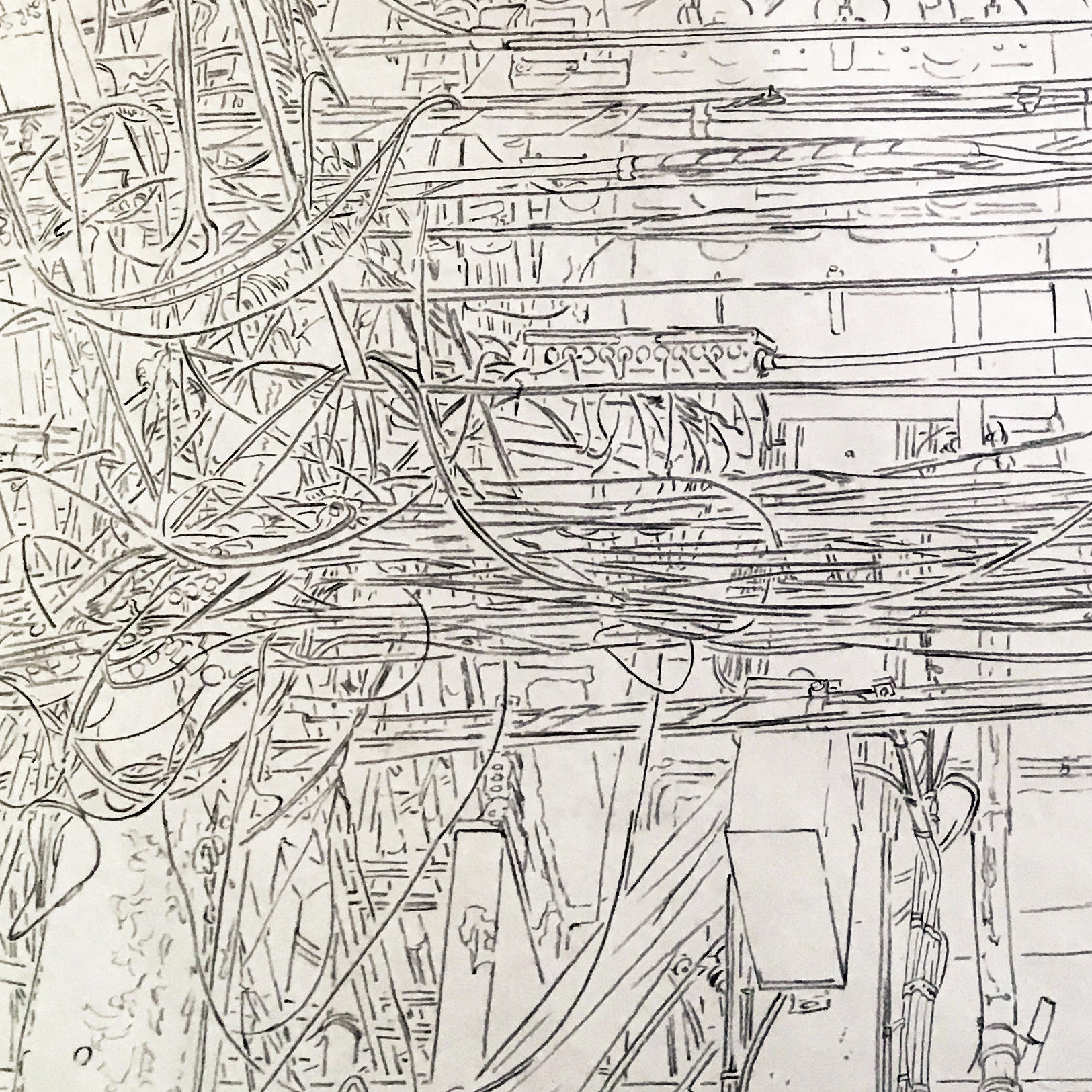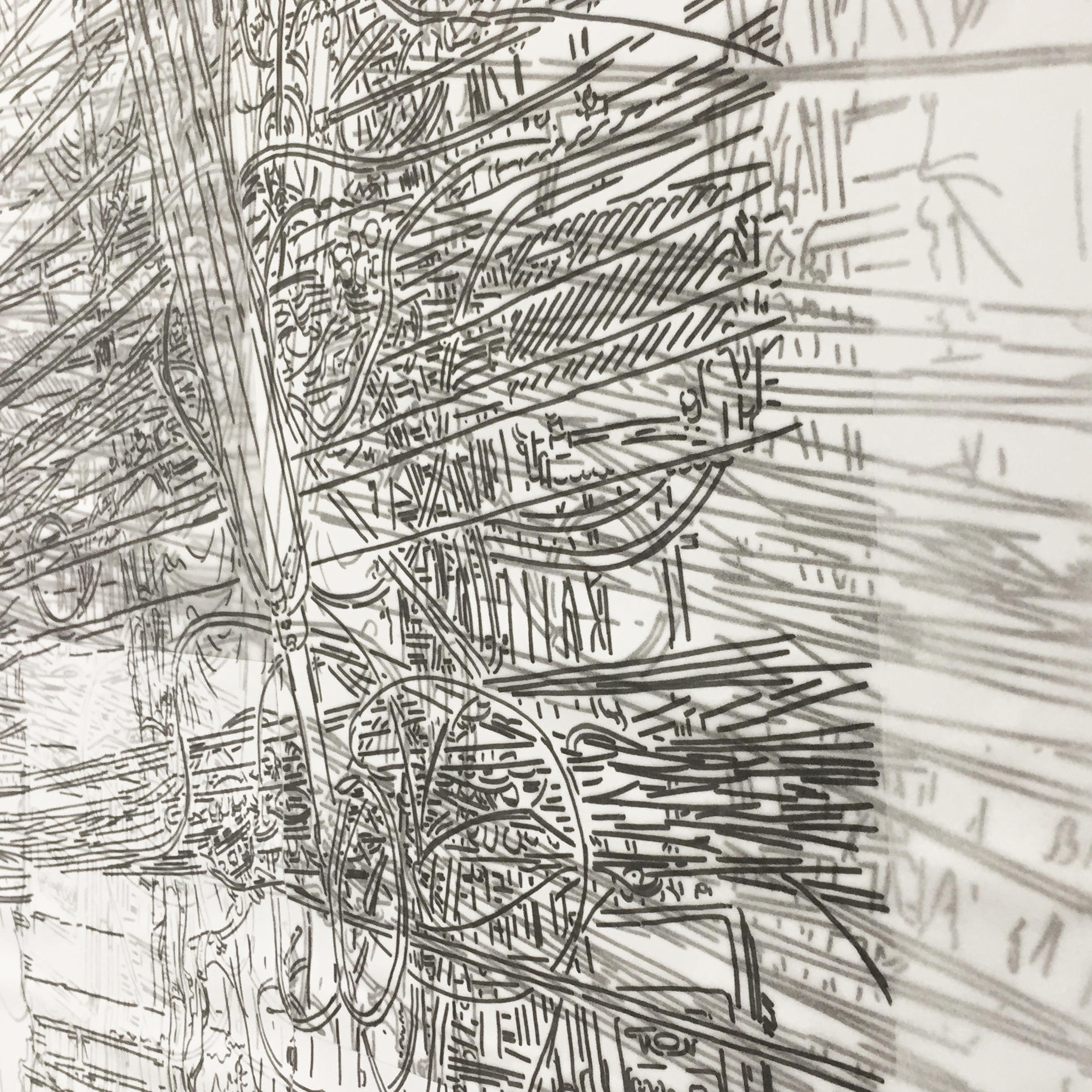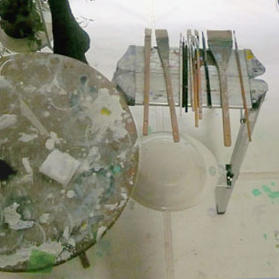Exhibition

2015 acrylic on paper etc
Masumi Nakaoka's solo exhibition: Clutter and Traces
2015, Jun. 26 (Fri) - Jul. 26 (Sun)
Art Front Gallery is pleased to announce the solo exhibition by Masumi Nakaoka.
To see more Nakaoka's works and her profile please kindly click here.
To see more Nakaoka's works and her profile please kindly click here.
| Date | 2015, Jun. 26 (Fri) - Jul. 26 (Sun) |
|---|---|
| Hours | 11:00 - 19:00 (closed on Mondays) |
| Venue | Art Front Gallery (Daikanyama, Tokyo) |
| Reception | 2015, Jun. 26th (Fri) 18:00-20:00 |
Masumi Nakaoka returns after an eighteen-month break to the Art Front Gallery, where she has been presenting new works every year since 2009.
Nakaoka creates space by capturing a part of a scenic image in a photograph, tracing its outline and replacing it with bright colours. The gesso provides a dynamic blank space, while the canvas is brought to life with materials of varying colours such as acrylic paint, oil paint and lustrous resinous paint. She chooses as her subjects not only beautiful postcard scenery but also forms and images we take for granted - buoys on a beach, slope-stabilising crib structures along motorways, and quarries being examples of these. Whatever they may be, they are converted into a fresh and carefree visual language as if by alchemy and on some occasions invite one’s eyes to float around the canvas. This is how Nakaoka’s unique style has developed.
Nakaoka said of her 2011 exhibition, “As an artist, I cannot stagnate in one place.” She explained that in handling a difficult subject such as the Atomic Bomb Dome, she “is conscious of the discrepancy between the impression one gets from the abstract shapes and colours, and what one begins to see after becoming conscious that it is the Atomic Bomb Dome that is being illustrated.” At the same time, in order to establish the initial rendering from which the subject matter is broadened, she exhibited drawings and created a space whereby one could view, through glass windows, scenic sketches with mountains and crib structures.
For this exhibition, Nakaoka constructs one picture by combining more than one hundred drawings, each measuring 36 cm2. This can be regarded as an extension of the 2011 exhibition in that the subject captured from a single viewpoint is drawn in parts. Through this process of dividing up a dilapidated shed in the mountains and constructing it from one fixed point of view, compelling images behind the light reflecting off corrugated tin sheets, the rhythm created by cracks in the windows, and other features begin to arise from within. One may mistake the highly abstract tableaux exhibited in a separate room as having the same style as her previous works. Nakaoka explains however that the same subject was drawn from various viewpoints, not a fixed single viewpoint. By getting closer to the subject through multiple angles, her “conversion” and “interpretation” will become apparent.
We anticipate with great enthusiasm that her experiments with viewpoints will further broaden the horizons of Nakaoka’s works.
Nakaoka creates space by capturing a part of a scenic image in a photograph, tracing its outline and replacing it with bright colours. The gesso provides a dynamic blank space, while the canvas is brought to life with materials of varying colours such as acrylic paint, oil paint and lustrous resinous paint. She chooses as her subjects not only beautiful postcard scenery but also forms and images we take for granted - buoys on a beach, slope-stabilising crib structures along motorways, and quarries being examples of these. Whatever they may be, they are converted into a fresh and carefree visual language as if by alchemy and on some occasions invite one’s eyes to float around the canvas. This is how Nakaoka’s unique style has developed.
Nakaoka said of her 2011 exhibition, “As an artist, I cannot stagnate in one place.” She explained that in handling a difficult subject such as the Atomic Bomb Dome, she “is conscious of the discrepancy between the impression one gets from the abstract shapes and colours, and what one begins to see after becoming conscious that it is the Atomic Bomb Dome that is being illustrated.” At the same time, in order to establish the initial rendering from which the subject matter is broadened, she exhibited drawings and created a space whereby one could view, through glass windows, scenic sketches with mountains and crib structures.
For this exhibition, Nakaoka constructs one picture by combining more than one hundred drawings, each measuring 36 cm2. This can be regarded as an extension of the 2011 exhibition in that the subject captured from a single viewpoint is drawn in parts. Through this process of dividing up a dilapidated shed in the mountains and constructing it from one fixed point of view, compelling images behind the light reflecting off corrugated tin sheets, the rhythm created by cracks in the windows, and other features begin to arise from within. One may mistake the highly abstract tableaux exhibited in a separate room as having the same style as her previous works. Nakaoka explains however that the same subject was drawn from various viewpoints, not a fixed single viewpoint. By getting closer to the subject through multiple angles, her “conversion” and “interpretation” will become apparent.
We anticipate with great enthusiasm that her experiments with viewpoints will further broaden the horizons of Nakaoka’s works.
Artists
Related News



